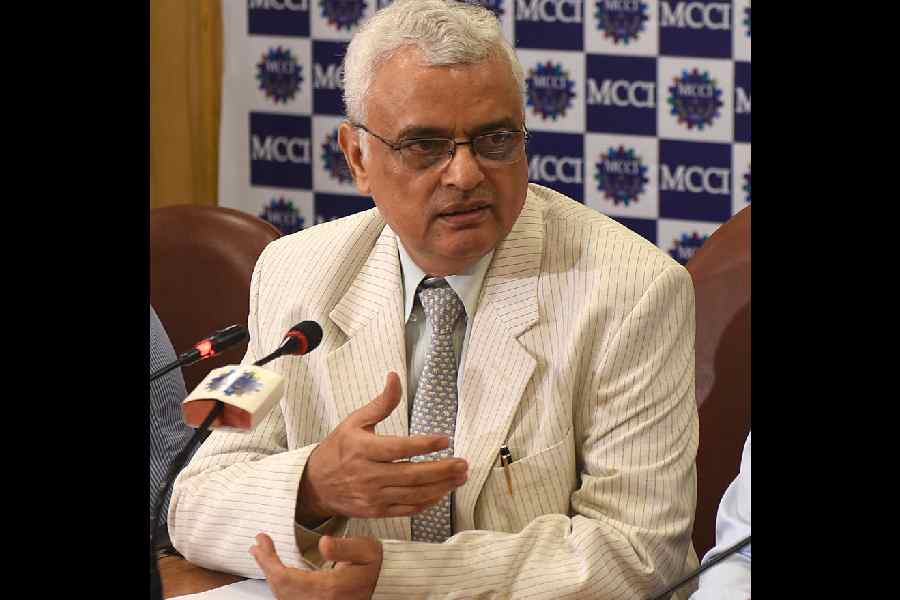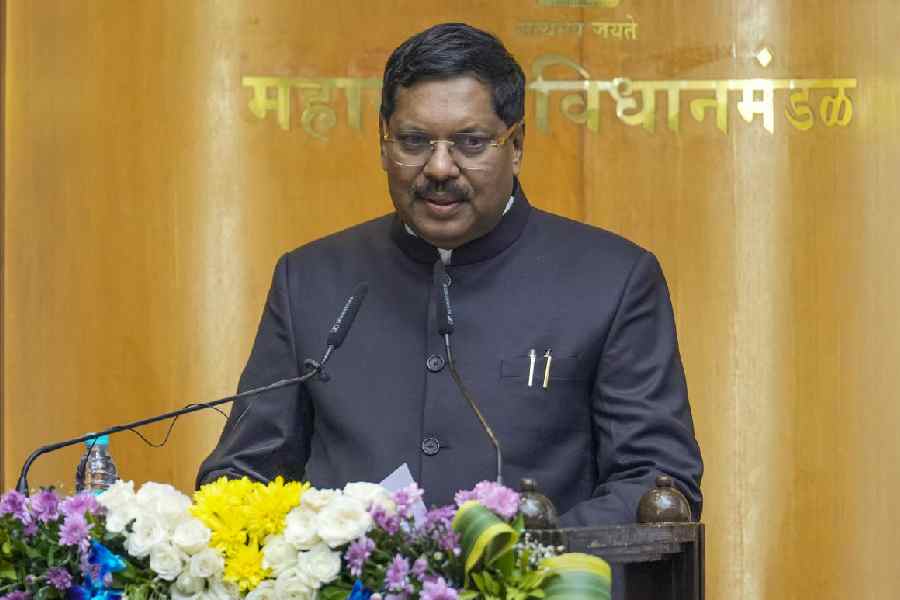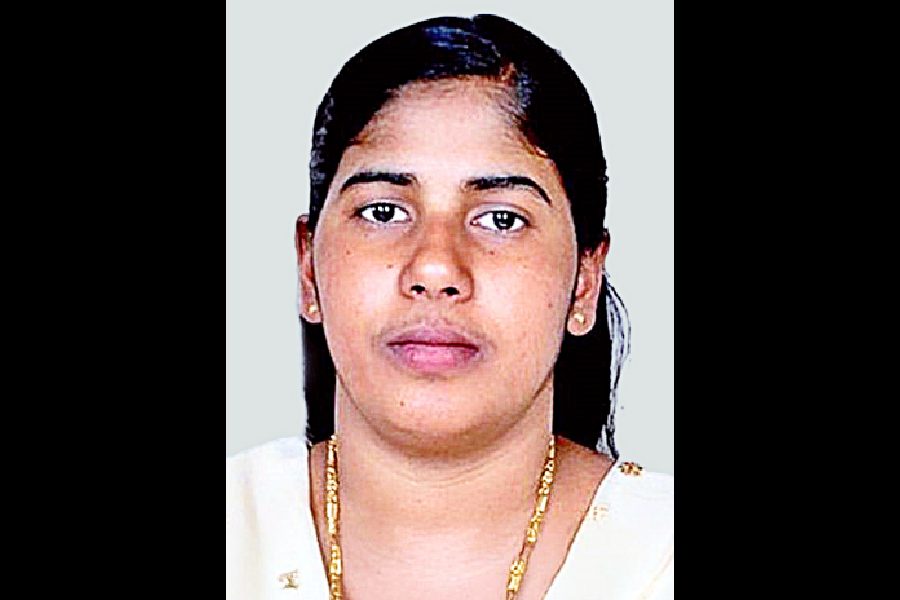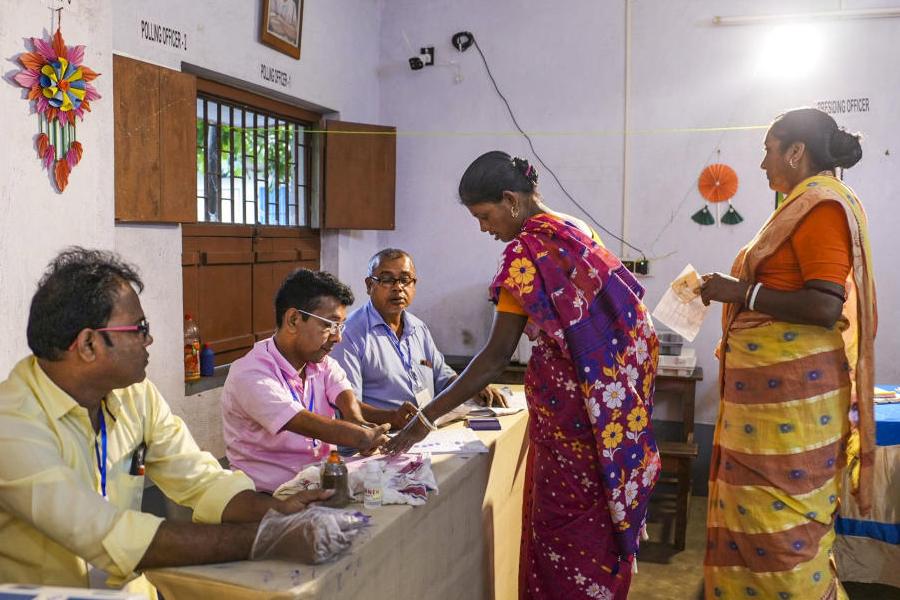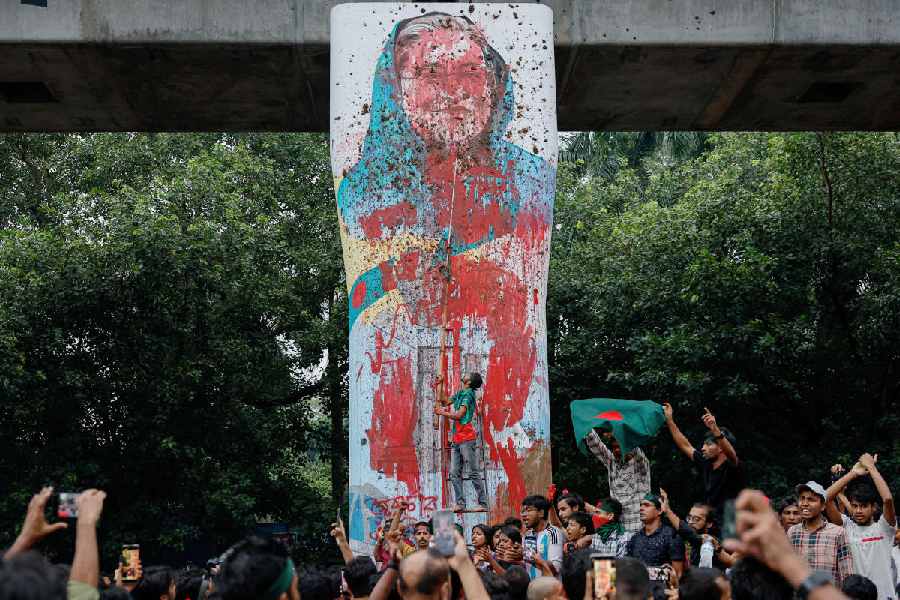Samantha Geimer, the woman who accused Roman Polanski of raping her at an actor’s house 36 years ago, told The Times recently that she is in touch with the film director. During her correspondence, she reportedly assured her abuser that the word, rape, would not figure in her memoir. Geimer also described Polanski as an “ally” and a “victim”. She alleged that since the media and the American justice system had abused them both, “it makes sense to be on the same team”.
Expectedly Geimer’s revelations have created a stir globally. The outrage and incredulity that have been expressed in various quarters are not only because of societal discomfort with the idea of a rape victim choosing to engage with her abuser willingly and equitably. The scrutiny has also been brought about by Geimer’s unwillingness to demand either remorse or retribution. She has merely expressed a wish that both she and her abuser ought to be given an opportunity to move on with their lives.
It is important to note that Geimer has not condoned Polanski’s crime. “ I was 13. So that’s statutory rape.... In every way you can define it, it was rape,” she said. What she has done instead is expose the cruel trappings of victimhood. The line separating protection and control remains fuzzy — and not just in subcontinental cultures — when it comes to society’s treatment of victims of sexual violence. Consequently, the campaign to bring justice to a rape victim sanctions institutional attempts to negate the victim’s agency in matters of personal choice. Whether Geimer — now an adult — has the right to correspond with the man who abused her thus remains a deeply contentious issue, given the collective custodial mindset.
Private eyes
The negation of a rape victim’s agency in matters of choice unfolds in equally brutal ways in the Indian context. It is not uncommon to find women being married off to men who have raped them and such unions being solemnized by quasi-judicial bodies such as khap panchayats. Often, these unions enjoy legal status, even when the victim is a minor. In 2007, a court granted bail to an accused whose proposal to marry the minor girl he had raped in return for the charges being dropped was accepted by the panchayat. The media, women’s rights activists and lawyers have waged a long battle to stop such a practice, which prioritizes honour and caste equations over a victim’s consent. Yet, the same agencies have frowned upon Geimer’s decision to exercise her right to remain in touch with whom she chooses.
There is an element of intrusion that remains entrenched in the support pledged to rape victims. It is this infringement that Geimer has chosen to confront. “If I had to choose between reliving the rape or [that testimony], I would choose the rape,” said Geimer, who added that the process of deposing before a grand jury comprising 23 strangers was no less humiliating. Usually, it isn’t the court but the media that are culpable in the profiteering from victimhood. It is significant that most news reports of Geimer’s admission of corresponding with Polanski, or those related to the Delhi horror, carried explicit descriptions of the assaults. The media’s subtle speculation over the adverse fall-out of Geimer’s action on the global fight for women’s safety is delightfully ironic, coming as it does from an institution that remains unrepentant about presenting information suggestively and that has not been able to strike a balance between the right to inform the public and a victim’s right to privacy.
Geimer’s action has muddled set notions regarding a victim’s interpretation of justice, reform and exoneration. But isn’t our quandary also because Geimer still remains in the eyes of the world a victim?


